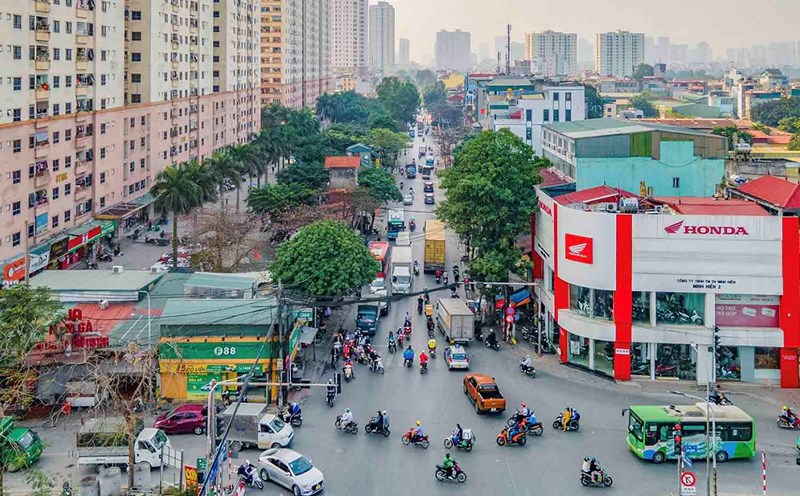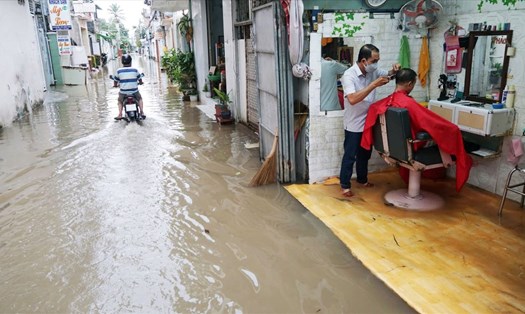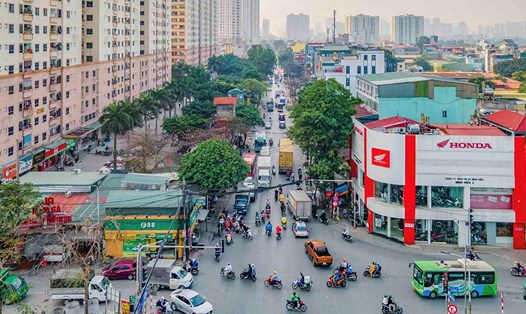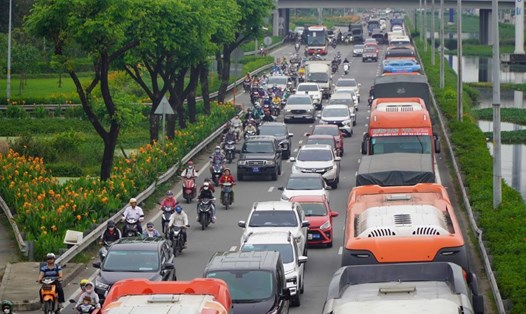My hometown is a small village in the suburbs. During the process of building a new countryside, the government and the people's donations built a beautiful concrete road running along the village. However, since the road was built, the number of cars going in has been too high because this is a shortcut to the national highway.
Fearing the impact on their lives and the risk of the road quickly being damaged, the people decided to erect two huge concrete pillars. Not long after the barrier was erected, a series of accidents occurred: Many accidents occurred around these pillars. Due to the dark or bad weather conditions that limited visibility, many people crashed into the concrete pillars, causing unfortunate accidents. The lightest ones were scratches and damaged vehicles; the more serious ones were seriously injured, almost losing their lives. Not to mention that the construction of the pillars also limited the return of cars of the villagers who were working far away. Even when emergencies occurred, these concrete pillars became obstacles, delaying the response and handling of situations such as fires, explosions, etc.
The government had to send people down to request the removal, but the people refused. Only when the government cited the law was the situation resolved. It turned out that the Road Traffic Law stipulates that one of the prohibited acts is: “Illegal digging, drilling, or cutting of roads; illegal placement or placing of obstacles on the road; placing or spreading sharp objects or dumping slippery substances on the road; illegal placement of materials, waste, or dumping of garbage on the road; illegal opening or connection to the main road; illegal encroachment, occupation, or use of road land or road safety corridors; arbitrarily removing manhole covers, illegally dismantling, moving, or distorting road works.”
Accordingly, the act of arbitrarily building concrete pillars on the road will be subject to administrative penalties according to Decree 100/2019/ND-CP. At Point b, Clause 5, Article 12 of Decree 100 stipulates: “A fine of VND 2,000,000 - 3,000,000 for individuals, VND 4,000,000 - 6,000,000 for organizations committing one of the following violations: Illegal use of urban roads and sidewalks for: Markets; food and beverage services; displaying and selling goods; repairing vehicles, machinery and equipment; car washing; placing and hanging signs and billboards; building and placing platforms; making canopies or carrying out other activities that obstruct traffic...”.
The story was only settled after the city surveyed, evaluated and decided to erect signs prohibiting heavy trucks from passing through the village.
Recently, when I heard the story of people in some alleys in Hanoi setting up barriers to limit people from entering the alley during the morning rush hour, I remembered the two concrete pillars in my hometown. The people said that their small alley was originally an internal passageway of the residential area, formed by people on both sides of the alley voluntarily donating land in the past. Therefore, they agreed to install barriers to prevent motorbikes from entering from 2022.
But legally, this is still an act of obstructing traffic, not in accordance with legal regulations. However, it is not easy to handle it firmly.
We need to live and work according to the law. The government also needs to have harmonious solutions based on current legal regulations, such as putting up signs to limit traffic and organizing traffic flow more scientifically.











